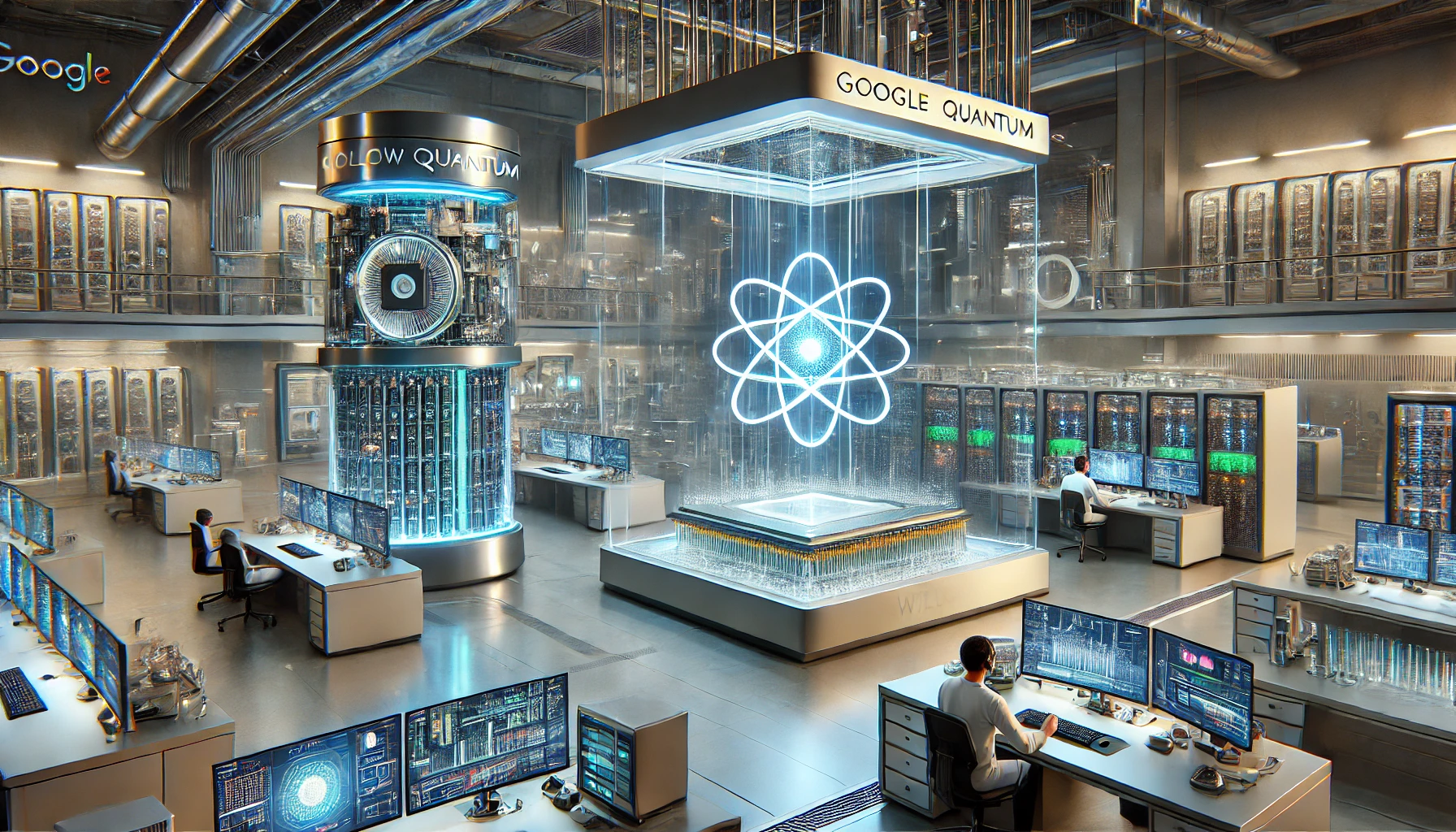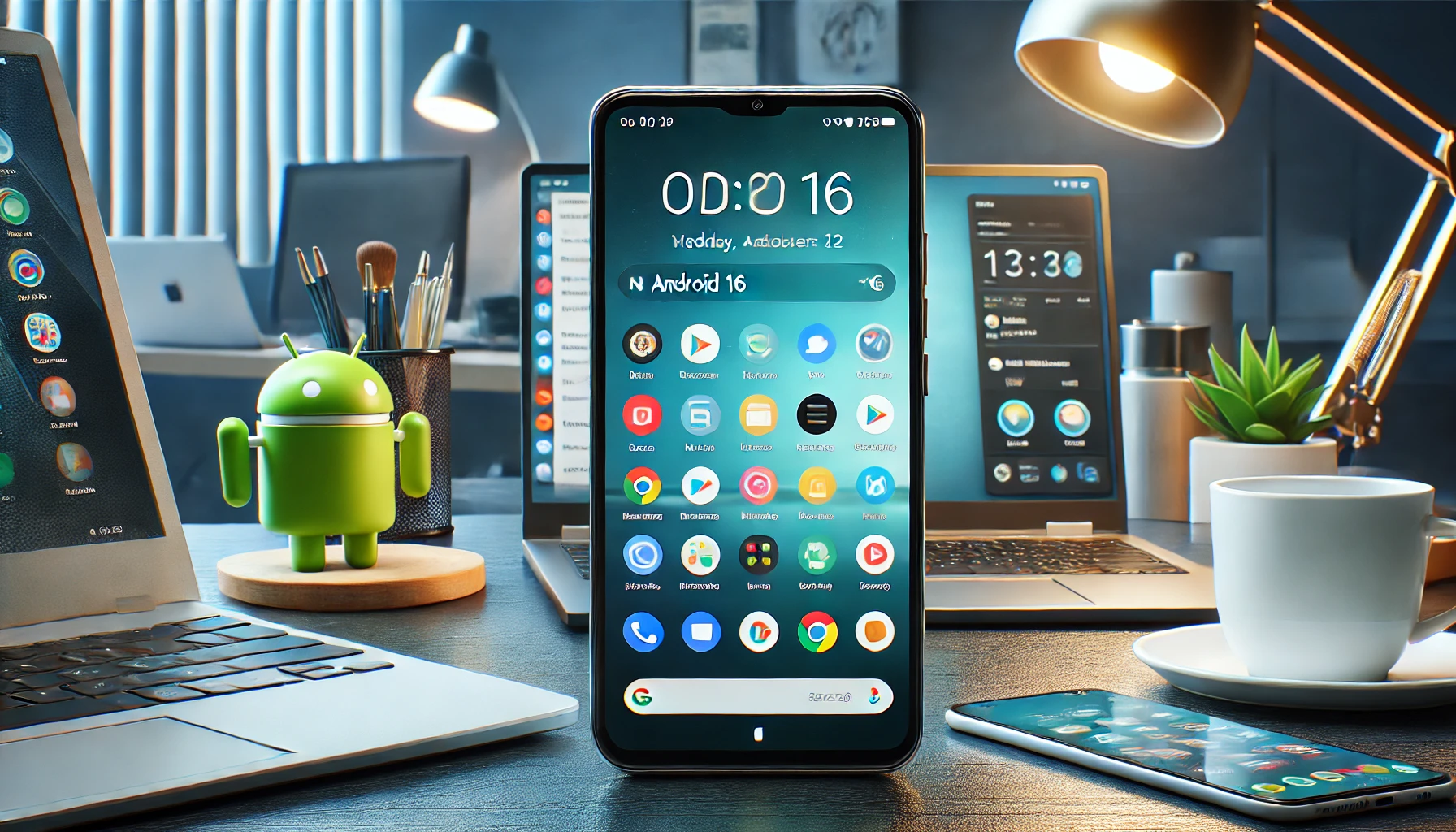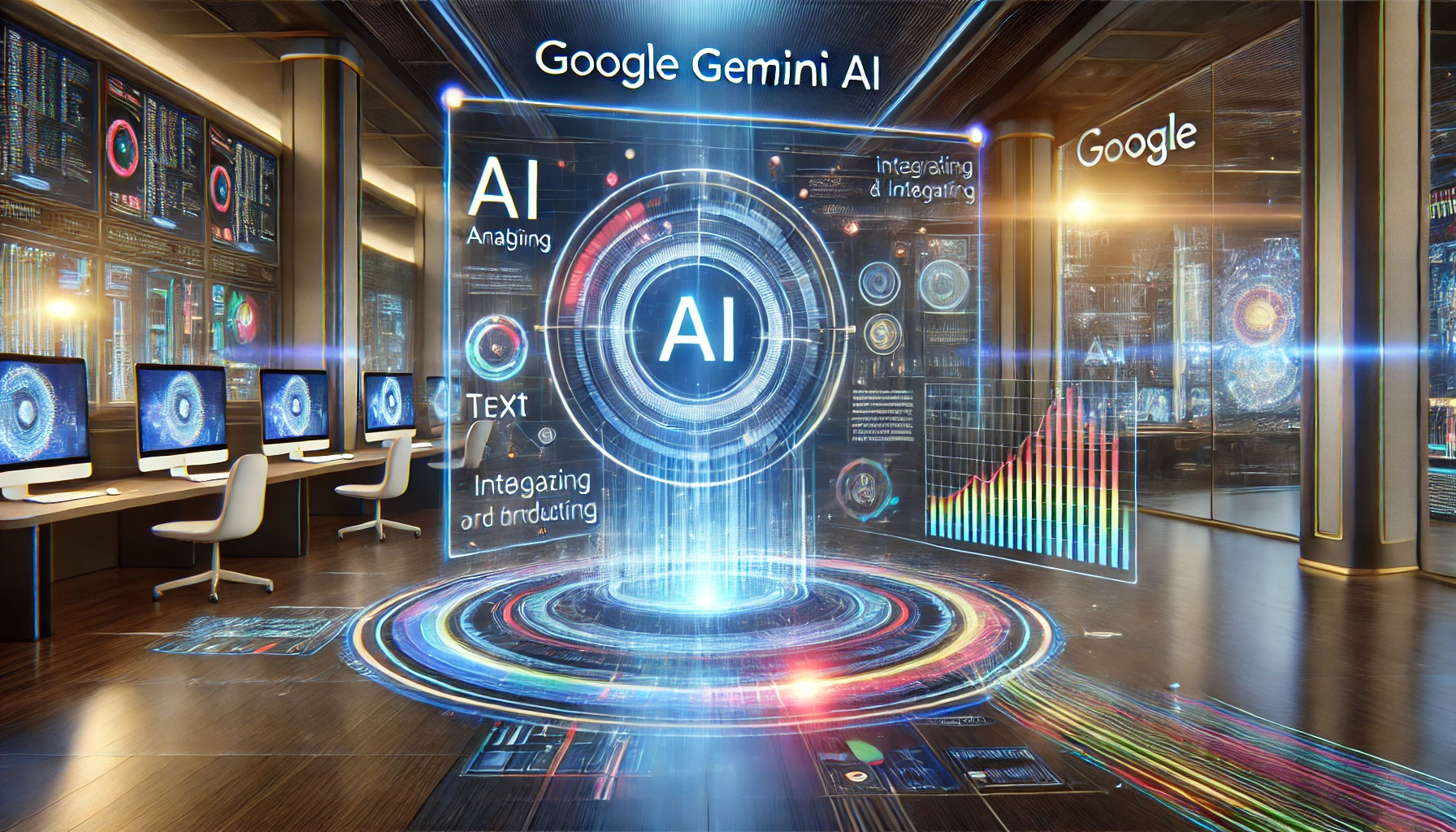
Google just released the Willow quantum chip and it’s a big deal in the quantum computing space. It’s amazing, it can solve specific problems that would take classical supercomputers billions of years in minutes. But it’s not a threat to modern encryption methods like RSA.
What is Willow?
Willow uses a process called Random Circuit Sampling (RCS), a benchmark test for quantum systems. While cool, RCS is meant to show off quantum abilities not real world applications. The breakthrough is in error correction—a big challenge for quantum computing. Traditional quantum computers need many error correcting qubits to be reliable, but Willow reduces that need, achieves “below threshold” error correction, it’s a technological milestone.
Why RSA is still safe
Willow is not powerful enough to break encryption algorithms like RSA. Experts think a cryptographically relevant quantum computer (CRQC) is still years away. Current cryptography is based on complex math problems like factoring large numbers which quantum computers can’t solve yet.
What does this mean for the future
Willow doesn’t threaten current encryption systems but it means we need “post-quantum cryptography”. These are algorithms that can withstand quantum attacks. Organizations need to start moving to these systems to be ready for the future.
Bottom line
- Willow’s error correction is big but not enough to break RSA.
- It’s time to move to post-quantum cryptography to protect long term.
- The quantum computing race is heating up and it’s going to impact industries that rely on secure communication.
Google’s Willow chip is a big deal in quantum computing but it’s good news for now that encryption is still safe. This is a call to action to future proof your digital security.





